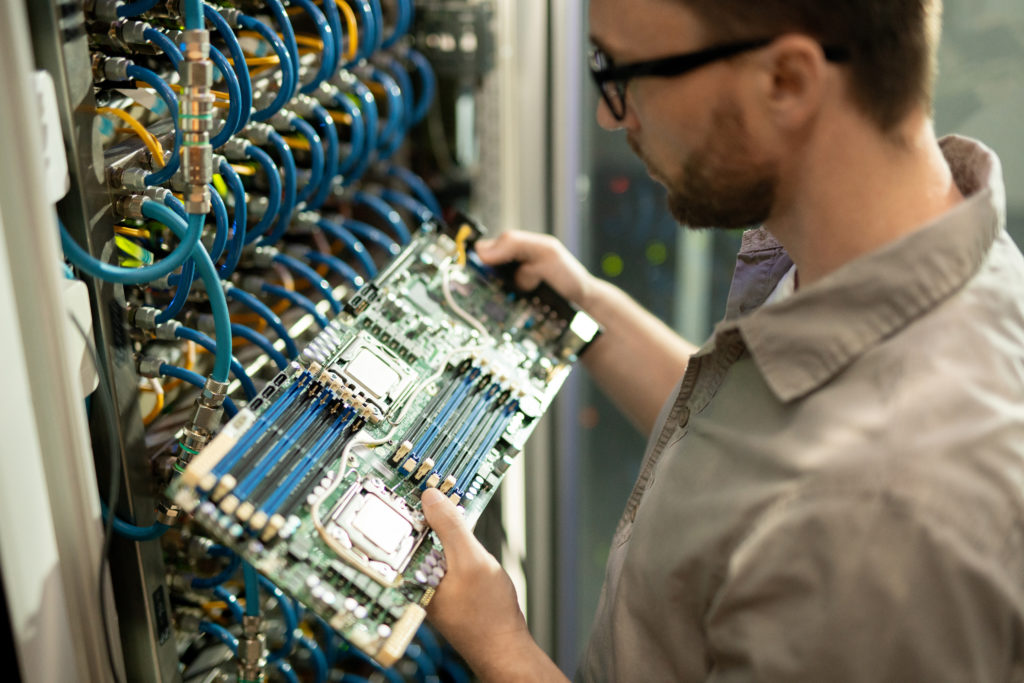What Are The Main Parts of a Circuit Board

Circuit boards are complex. They have many different components that all work together to produce the results of a circuit board. We’re going to be taking a look at some of the main parts of a circuit board down below, so if you are interested in finding out more about this topic, keep reading.
Transistors
Transistors are crucial due to their multi-functional nature. This is a multi-terminal semiconductor that will either amplify or reduce electrical signals and electrical current. You will find three main types of transistors:
- Field-Effect Transistor (FET)
- Insulated-Gate Bipolar Transistor (IGBT)
- Bipolar Junction Transistor (BJT)
Transistors can act as switches as well as amplifiers, and have the ability to both conduct and insulate. You also don’t need a filament current in order for them to operate safely at a low voltage.
It’s common for people to get confused between transistors and resistors. Even though there is some overlap when it comes to the functions, they do have completely different purposes.
Inductors
Passive dual-terminal components, inductors store electrical charge in a magnetic field when an electric current passes through. The main function of inductors is to block alternating currents, while still allowing direct currents to pass through. You will often hear inductors called coils or chokes due to their appearance.
They are extremely easy to identify, and thanks to this are usually easy to locate.
Capacitors
A capacitor is similar to an inductor, both storing electrical energy. However, the capacitor is only supposed to temporarily store the energy, before dispersing the charge when it’s needed. Essentially, the capacitor acts as a rechargeable battery.They are two-terminal passive electronic components that are distinct in their appearance.
Resistors
A resistor controls the electrical currents that pass through them. They are also responsible for controlling the voltage in each component. Generally they are used to reduce the current flow. If the resistor was not on the circuit board, it would run the risk of other components not being able to handle the voltage, leading to an overload of the circuit.
It’s most common to see fixed value resistors, but there are also variable resistors.
Diodes
These semi-conductor components act as one-way switches for currents. Allowing currents to pass easily one way, but restricts them flowing in the other direction. There are a number of different diodes on the market, each one having its own purpose and function. Some of the common ones are as follows:
- Light emitting diode
- Laser diode
- Photodiode
- PN Junction diode
- Zener diode
You will notice that each diode will perform the same function, but will have a different purpose. It’s essential to work out which diode you are going to need for your project before you get started.
We hope that you have found this article helpful, and now have a better understanding as to some of the main parts of a circuit board. Understanding all of these components working together gives us a far more in depth idea about the complexity of a circuit board, showing us that without the electrical components, the circuit board can’t do much at all.







